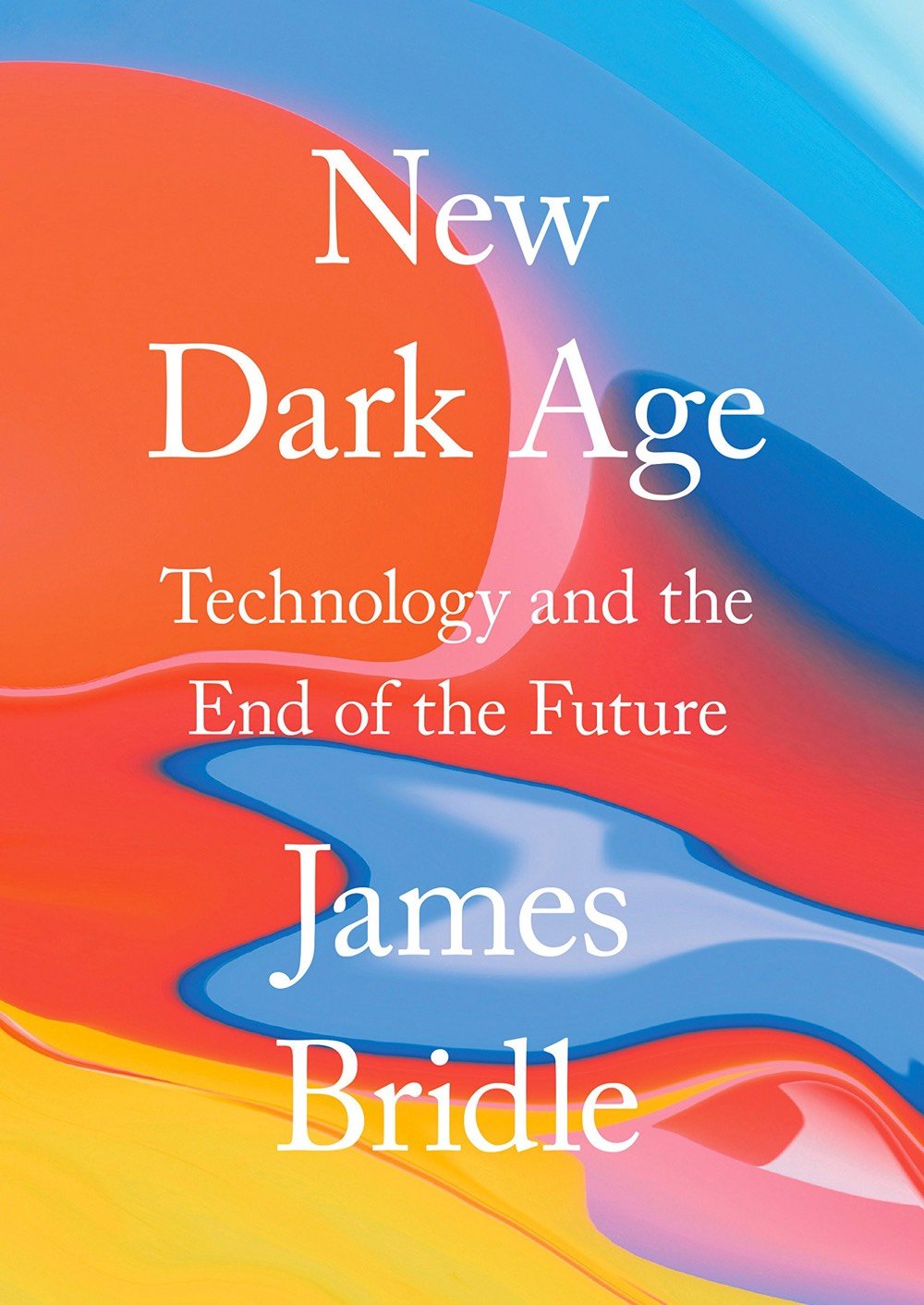New Dark Age: Technology and the End of the Future
Artist, writer, and thinker James Bridle is an interesting fellow. He coined the term New Aesthetic in 2011. Dronestagram was a three-year project where he posted satellite photos of drone strike locations to social media. He built a trap for self-driving cars. Last year, he wrote a widely read essay on how YouTube’s recommendation algorithms are being used “systematically frighten, traumatise, and abuse children, automatically and at scale”.
In his forthcoming book, Bridle argues that we’re living in a New Dark Age, where it’s not so much the lack of information as too much information that’s the issue.
In actual fact, we are lost in a sea of information, increasingly divided by fundamentalism, simplistic narratives, conspiracy theories, and post-factual politics. Meanwhile, those in power use our lack of understanding to further their own interests. Despite the accessibility of information, we’re living in a new Dark Age.
From rogue financial systems to shopping algorithms, from artificial intelligence to state secrecy, we no longer understand how our world is governed or presented to us. The media is filled with unverifiable speculation, much of it generated by anonymous software, while companies dominate their employees through surveillance and the threat of automation.
As I wrote recently, “we’re under a constant denial-of-service attack on our ability to think and reason”.
Update: The Guardian has an extended excerpt of Bridle’s book.
Today the cloud is the central metaphor of the internet: a global system of great power and energy that nevertheless retains the aura of something numinous, almost impossible to grasp. We work in it; we store and retrieve stuff from it; it is something we experience all the time without really understanding what it is. But there’s a problem with this metaphor: the cloud is not some magical faraway place, made of water vapour and radio waves, where everything just works. It is a physical infrastructure consisting of phone lines, fibre optics, satellites, cables on the ocean floor, and vast warehouses filled with computers, which consume huge amounts of water and energy. Absorbed into the cloud are many of the previously weighty edifices of the civic sphere: the places where we shop, bank, socialise, borrow books and vote. Thus obscured, they are rendered less visible and less amenable to critique, investigation, preservation and regulation.






Stay Connected